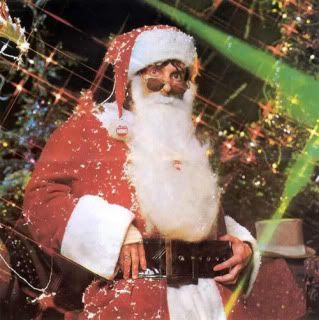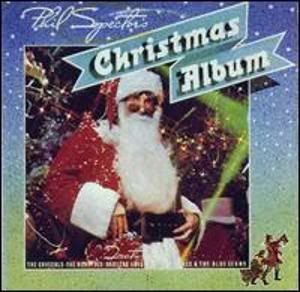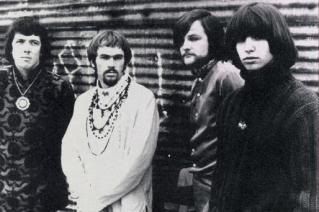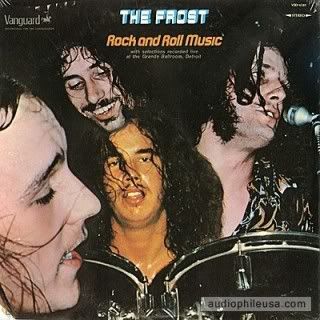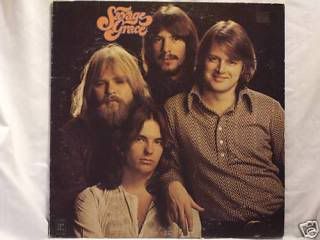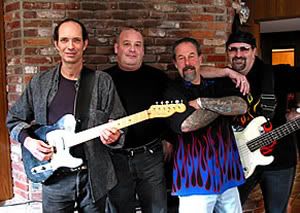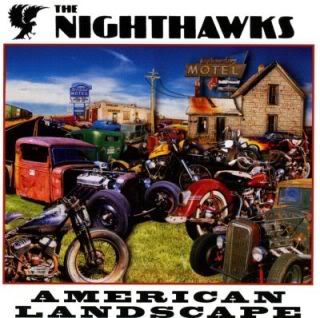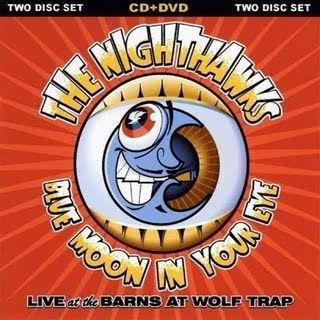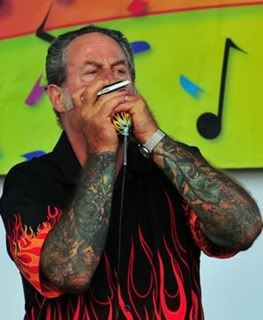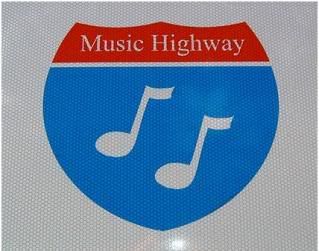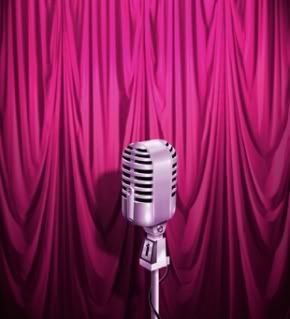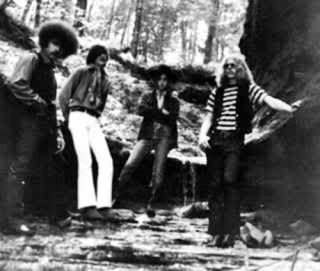
The Tennis Shoe Tongue Band, which included
Escanaba resident Jim Lewis, at right, played the
Homecoming Dance at Holy Name High School on
Oct. 12, 1968.
By STEVE SEYMOUR
Escanaba's Holy Name High School hosted dances featuring a number of noteworthy rock bands before it closed in June, 1971.
Usually held at the school's multi-purpose room, the dances accommodated the growing number of bands which appeared as rock music increased in popularity during the mid 1960s.
Both local bands and groups from outside the area played at the school which enrolled Catholic students in grades 9 through 12.
Information about the dances was included in "The Crusader" student newspaper, published by Holy Name's Press Club.
An early performance by the Riot Squad came on May 18, 1966 when the rock 'n' roll combo entered a Talent Show which featured folk, pop and show music.
Formed just months before, the Riot Squad consisted of Jim Joque (rhythm guitar), Dan Curran (drums), Bob Anzalone (bass), Brendan Williams (lead guitar) and Greg Curran (vocals, keyboard).
Joque, Dan Curran and Anzalone were students at Holy Name, while Williams and Greg Curran attended Escanaba public schools.
With a number of personnel changes, the Riot Squad lasted into the 1970s, playing hundreds of gigs around the Upper Peninsula region.
The Trolls, another early rock band with roots in the Iron Mountain area, played the Homecoming Dance on Saturday, Oct. 1, 1966.
Drummer Jim Lewis, a 1966 Holy Name graduate, was a member of the Trolls for a brief period about this time.
The event required semi-formal dress with admission at 75 cents or $1.25 for couples.
Held at the Terrace on May 5, 1967, the Junior Prom featured entertainment by the Solidaires, an act from Green Bay.
A traditional graduation dinner-dance was held at the Escanaba Country Club on Tuesday, May 30, 1967. Couples danced to the music of the Living Ends, comprised of Bay de Noc Community College students.
The Homecoming Dance held Oct. 7, 1967 featured the Mutations. Little is known about the group.
The sophomore class sponsored a Christmas dance on Dec. 22, 1967. The semi-formal affair featured music by the Piper's Sons, from Green Bay. The group, which included Dale Anderson, recorded "Past Present Future" earlier that year.
On Dec. 27, 1967 the 12th annual Holiday Ball was held at the Terrace, with music provided by Just Us, another Green Bay group. Students from both Holy Name and Escanaba planned the Holiday Ball each year.
An Easter dance, featuring the Riot Squad, was held on April 15, 1968. Sponsored by the Press Club, admission was $1.
"Camelot" was chosen as the theme for the Homecoming Dance, held on Oct. 12, 1968. Music was provided by the Tennis Shoe Tongue Band. Holy Name graduate Jim Lewis played rhythm guitar in the band which was based at the University of Wisconsin-Stout in Menominie, Wis. Founded by Paul Rabbitt (guitar, vocals) and Bob "Hippie" Collins (bass), the band later shortened its name to the Tongue.
A Christmas dance, staged on Dec. 21, 1968 included music by Chestnut Street Cafe, according to a report in the student newspaper.
The 13th annual Holiday Ball took place at the Terrace on Dec. 27, 1968. Music was provided by the Ravelles from Iron Mountain.
Comprised of Carmella Altobelli (vocals), John Richtig (lead guitar), Tom Lucas (guitar), Rand Alquist (drums), Brian Alquist (organ) and Ray Broullire (bass), the Ravelles issued a 45 rpm single during the year called "Psychedelic Movement."
An Easter dance, sponsored by the Press Club, featured the music of the Tin Can Blues Band. Admission to the April 7, 1969 dance was $1.
The Collection, a group of three boys and a girl from Milwaukee, provided entertainment for the Junior Prom. The theme for the May 2, 1969 event was "Scarborough Fair."
Escanaba-based Upstairs to the Left played for the Homecoming Dance, held Oct. 4, 1969. Tickets were $1.25 each. The band included Mick Van Effen, Dick Peterson, Dennis Combs, Kim Erickson and Dave Berndt.
The 14th annual Holiday Ball was held at the Terrace on Dec. 27, 1969. The theme was "The Bells of Christmas," with music performed by Jones.
Teamsters Hall in Escanaba was the venue for the Junior Prom, held May 1, 1970. Music was provided by Renaissance Fair from Sault Ste. Marie. Theme for the event was "Windmills of Your Mind."
Renaissance Fair consisted of John Ordiway (guitar, trumpet), Gordie Moon (guitar, keyboards), Greg Myner (drums, sax, guitar, bass), Rob Benjamin (bass, drums), Larry Verrett (guitar, bass), Jim Rogers (bass, guitar) and Larry McGahey (guitar). Everybody sang.
During its career, Renaissance Fair issued three singles, including "In Wyrd," a legendary track among garage band collectors.
Milwaukee band Cold Train played for the 14th annual Holiday Ball, held at the Terrace on Dec. 26, 1970.
As 1970 turned into 1971, Holy Name High School would hear some bad news.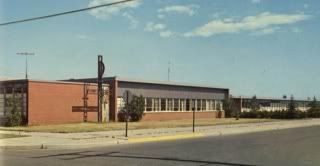
On Feb. 19, 1971 Bishop Charles A. Salatka of the Diocese of Marquette announced Holy Name High School would close at the end of the school year. The decision was recommended by the local and Diocesan Boards of Education, Salatka said.
Holy Name High School had opened in 1954, constructed with a $600,000 grant from Catherine Bonifas. Enrollment in 1963 was 639, with 28 teachers serving the student community. The faculty included Sisters of Notre Dame, Sisters of St. Dominic, Franciscan Sisters, Christian Brothers and lay teachers.
Despite the announcement, regular activities carried on at the local Catholic high school for the rest of the year.
The Junior Prom, with the theme "Colour My World," took place on May 8, 1971 at the Terrace. The popular Renaissance Fair made a return trip to Escanaba to play the last dance.
Weeks later, Holy Name High School closed forever.


